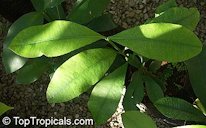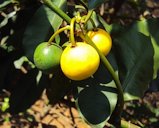| Lemon Drop Mangosteen, Mameyito - Garcinia intermedia | |||||||||||
|---|---|---|---|---|---|---|---|---|---|---|---|
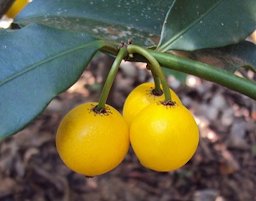 Fig. 1  Garcinia intermedia 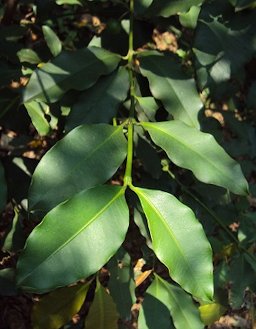 Fig. 2  G. intermedia leaf habit 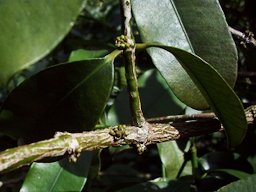 Fig. 5  G. intermedia flower buds 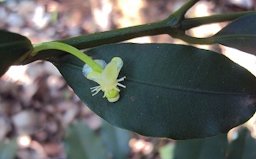 Fig. 6  Fruit beginning to form 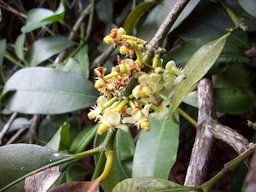 Fig. 7  G. intermedia flowers and small fruits 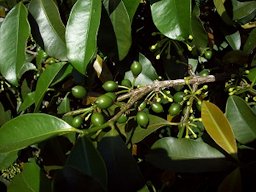 Fig. 8  Lemon drop mangosteen immature fruits and flowers 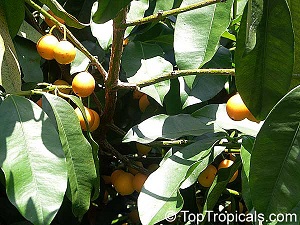 Fig. 9   Fig. 10  Fruiting habit 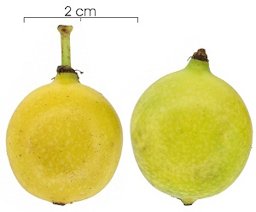 Fig. 11  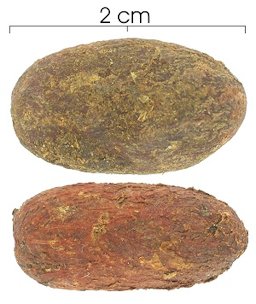 Fig. 15  Seeds dry  Fig. 16  Seeds wet 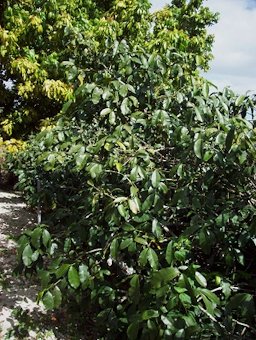 Fig. 17  G. intermedia growth habit 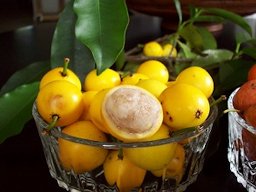 Fig. 18  G. intermedia syn. R. edulis 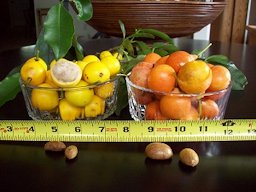 Fig. 19  G. intermedia and G. livingstonei |
Scientific
name Garcinia intermedia (Pittier) Hammel Common names English: lemon drop mangosteen, mameyito, monkey fruit; Spanish: arrayan, palo de frutilla (Guatemala), waiki plum (Belize), chaparrón (El Salvador), caimito or caimito de montaña (Honduras), jorco (Costa Rica), sastra (Panama), berba (Philippines) 5,8 Synonyms Rheedia intermedia Pittier, R. edulis (Seem.) Planch. & Triana, R. tonduziana Engl., Calophyllum edule Seem. 2,9 Relatives Imbe (G. livingstonei), cherapu (G. prainiana), madrono (G. mdruno), bakupari (R. brasiliensis), mangosteen (G. mangostana); Brunei cherry (G. parvifolia); cherry mangosteen (G. intermedia); gamboge (G. xanthochymus); gourka (G. dulces); seaside mangosteen (G. hombroniana) Family Clusiaceae/Guttiferae (St. John’s wort family) Origin Both the Atlantic and Pacific sides of Central America, from southern Mexico to Panama 5 Uses Fruit; ornamental tree; can be grown in a container Height 10-15 ft (3-5 m) Plant habit Small bush or tree Growth rate Fast Trunk/bark/branches Straight; dark brown trunk; yellow latex 3 Leaves Evergreen, opposite, stiff, 3 3/16-6 in. (8-15 cm) long, 3/4-2 in. (2-5 cm) wide 5 Flowers Whitish and small, perfect, produced in axillary groups of 1-15 at branch nodes 3 Fruit Round; thin orange to reddish peel; pulp (aril) whitish; aromatic sweet sour taste; 1-2 seeds 3 Season June-Aug. Light requirement Part shade to full sun; fruits more prolifically in full sun Soil tolerances Tolerant of a wide range of soils 1 Cold tolerance 30 °F (-1.1 °C) Invasive potential * None reported Known hazard None known Reading Material Mameyito, Fruits of Warm Climates There are over 250 Garcinia species, mostly from southeast Asia. Garcinia species from the Americas were once classified as Rheedia, but now all are considered Garcinia. Sorting Garcinia Names, Multilingual Multiscript Plant Name Database, University of Melbourne, Australia ext. link Origin This species is native to southern Mexico and Central America and possibly to northwestern South America. It requires a humid tropical climate. The tree is occasionally cultivated as an ornamental or fruit tree in Asia and Africa. 7 It is cultivated on a small scale in many countries like Belize, Costa Rica, Ecuador, El Salvador, Mexico, Panama etc. 3 Description Garcinia intermedia is a species of tropical American tree which produces tasty fruit. In English it is known as the lemon drop mangosteen (a name it shares with the closely related and similarly tasting Garcinia madruno). In Spanish it is called mameyito. In Portuguese it is called achachairu. The name achachairu is also applied to Garcinia humilis, another species native to Bolivia with larger, round or egg-shaped fruit. G. humilis has been commercialized in Australia under the name Achacha. 1 Leaves Are opposite, short-petioled, thick, leathery, elliptic-oblong or elliptic-lanceolate leaves, 3 3/16 to 6 in (8-15 cm) long, 3/4 to 2 in. (2-5 cm) wide, or much larger, with numerous lateral veins conspicuous on both surfaces; dark-green above, pale or brownish on the underside. Young foliage is reddish. 5 The natural angular structure of the G. intermedia lends itself to be espaliered.
Fig. 4. Lemon drop mangosteen new growth Flowers The small, greenish-white or ivory flowers, densely clustered below the leaves, are 4-petalled, the male with 25 to 30 stamens, the perfect with 10 to 12. It makes an attractive ornamental tree, especially when in fruit, which may be year round. 1,5 Female flowers are solitary and occur in single or occasionally in clusters (2-10 flowers) developed at the terminal buds of young branches in case of mangosteen, but both terminal buds and axillary buds were found in the other species. 4 Fruit The fruit is oval or oblong, 3/4 to 1 1/4 in. (2-3.2 cm) long, smooth, orange or yellow, the thin, soft skin easily peeled. There is a little flesh, sweet or acid, adhering to the 1 or 2 seeds. The tree may fruit after as little as two years. The fruits are smooth spheres about an inch in diameter with a thin yellow, orange or red rind around a white pulp. They are edible and have an appealing sweet and sour taste. 2
Fig. 13. Immature fruit Propagation The tree is generally propagated from seeds, though it can be grafted. No named cultivars are known. Seeds lose viability if dried, but can retain viability for a period of months if kept moist. 3 It is a fairly fast-grower for a Garcinia and can fruit within 2-3 years from seed. 8 Food Uses Lemon drop mangosteen is primarily consumed fresh. Aril forms the edible part. It can also be used to make juices, jams and jellies. 3 Other Uses The heartwood is rose-yellow, hard, medium-heavy, coarse-textured, with numerous gum ducts, but tough, strong, easy to work, fairly durable, and valued for construction because it is nearly immune to insects. It is also used for tool handles, fenceposts, and temporary railroad ties. The bark is rich in tannin. 5 Other Edible Garcinia species: Achachairu, G. humilis Bacuripari, G. macrophylla Bakupari, G. brasiliensis Cherapu (button mangosteen), G. prainiana Gamboge (false mangosteen), G. xanthochymus Imbe (African mangosteen), G. livinstonei Madrono, G. madruno List of Growers and Vendors |
||||||||||
| Bibliography 1 "Garcinia intermedia." Wikipedia, wikipedia.org. Accessed 11 Jan. 2017. 2 "Garcinia intermedia." Tropical Plant Database, tropical.theferns.info/viewtropical.php?id=Garcinia+intermedia. Accessed 11 Jan. 2017. 3 Parmar, Chiranjit. "Lemon drop mangosteen (Garcinia edulis)." Fruitipedia, fruitipedia.com. Accessed 11 Jan. 2017. 4 Te-chato, Sompong. "Floral and fruit morphology of some species in Garcinia spp." Department of Plant Science, Faculty of Natural Resources, Prince of Songkla University, Hat Yai, Songkhla, 90112 Thailand. 2006. Print. 5 Fruits of Warm Climates. Julia F. Morton, Miami, 1987. 6 "Taxon: Garcinia intermedia (Pittier) Hammel." USDA, Agricultural Research Service, U.S. National Plant Germplasm System, GRIN-Global, npgsweb.ars-grin.gov/gringlobal/taxon/taxonomydetail?id=417778. Accessed 6 May 2021. 7 Blancke, Rolf. "Tropical Fruits and Other Edible Plants of the World: An Illustrated Guide." Zlibrary, 2016, b-ok.cc/book/3414166/f1bf9d?dsource=recommend. Accessed 7 May 2021. 8 "Lemon Drop Mangosteen, Garcinia intermedia." Trade Winds Fruit, www.tradewindsfruit.com/content/monkey-fruit.htm. Accessed 28 May 2021. 9 "Garcinia intermedia (Pittier) Hammel." Plants of the world Online, Kew Science, www.plantsoftheworldonline.org/taxon/urn:lsid:ipni.org:names:277320-2. Accessed 28 May 2021. Photographs Fig. 1,2,6,14 Vinayaraj. "Garcinia intermedia." 2013, Wikimedia Commons, (CC BY-SA 3.0), commons.wikimedia.org. Accessed 30 Jan. 2015. Fig.
3,8,9,10 "Rheedia
edulis, Garcinia intermedia, Calophyllum edule." Top Tropicals, toptropicals.com.
Accessed 30 Jan. 2015. Fig.
4,5,7,8,17,18,19
Bronson, Eric, I likE plants! "Garcinia
intermedia." I likE plants, 2009, Flickr, (CC BY-NC-ND 3.0 US), flickr.com.
Accessed 29 Jan. 2015. Published 12 Apr. 2014 LR. Last update 12 Dec. 2023 LR |
|||||||||||
